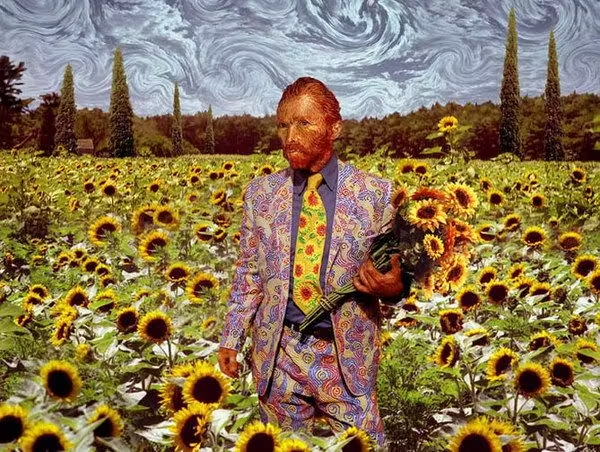Vincent van Gogh
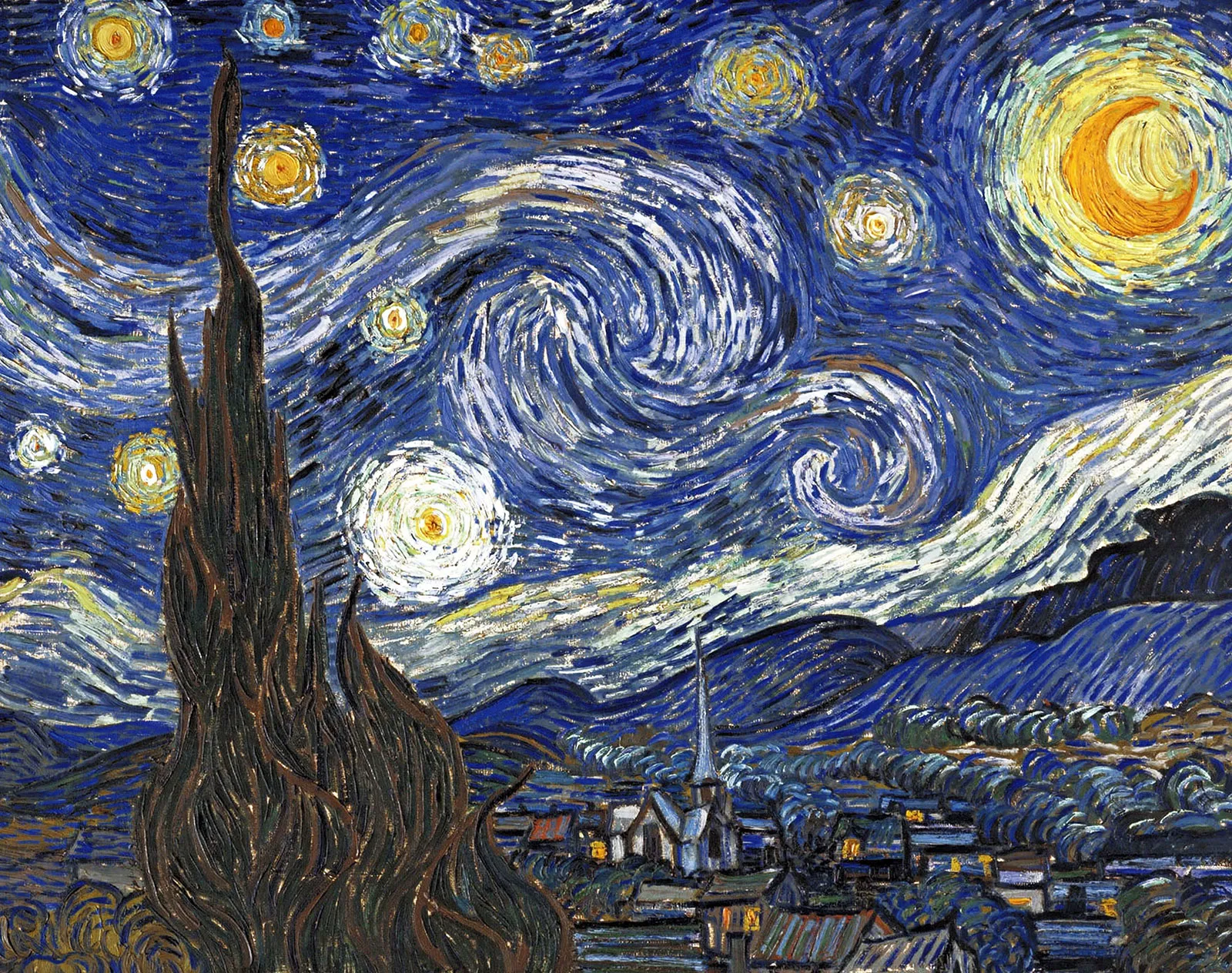
Vincent van Gogh wasn’t just painting what he saw—he painted what he felt. His skies swirl, his trees twist, and his brushstrokes scream with emotion. Born in the Netherlands in 1853, Van Gogh used color and texture like a writer uses words—to tell stories about the human experience.

He struggled with poverty, mental illness, and rejection during his lifetime. He only sold one painting while he was alive. But now? His works are in the most famous museums, his style is instantly recognizable, and his legacy is everywhere from pop culture to psychology textbooks.
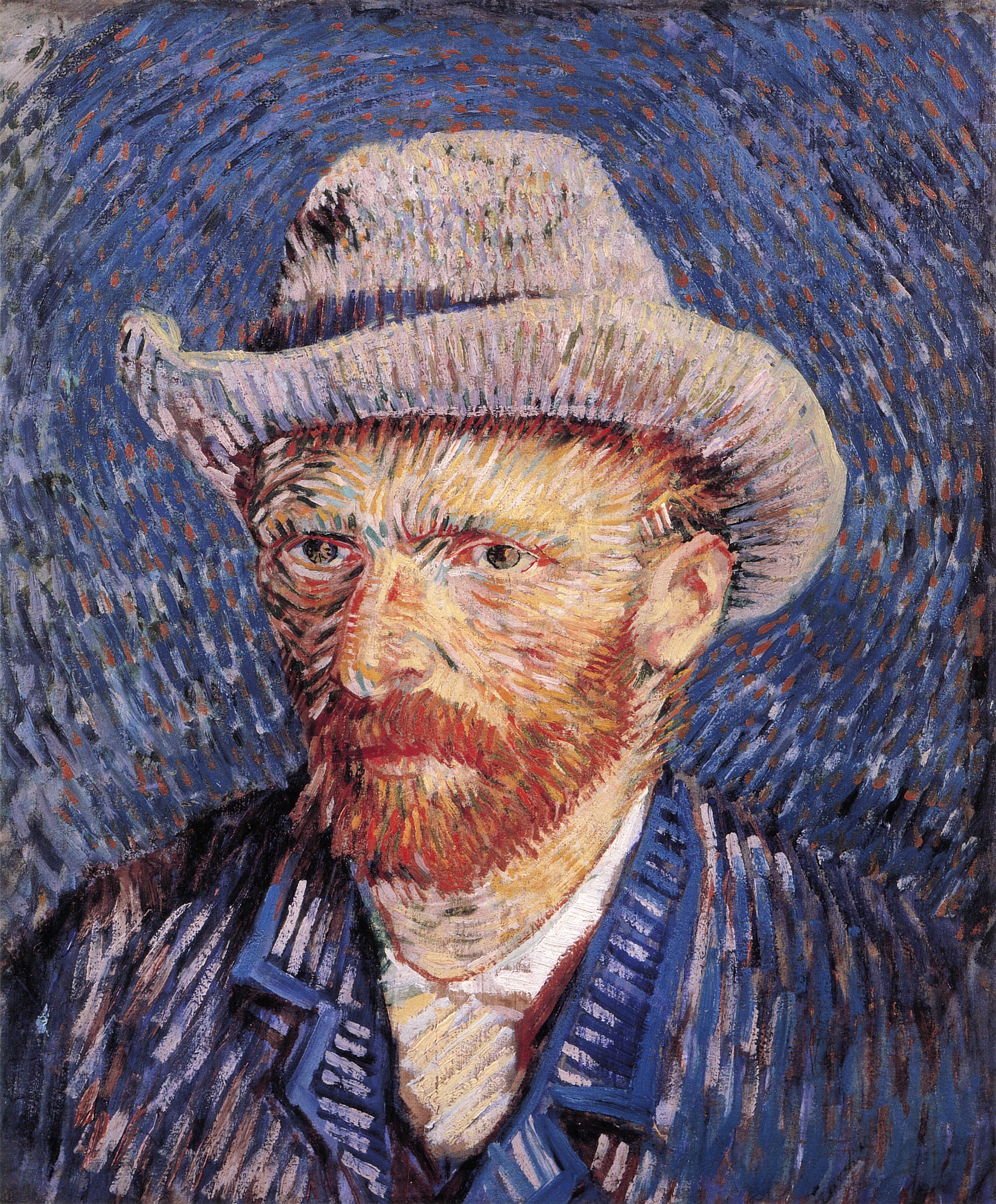
His painting The Starry Night isn’t just a night scene—it’s an emotional storm. His Sunflowers aren’t just flowers—they’re raw, joyful, and mournful all at once. Van Gogh turned paint into poetry and pain into power. Every thick stroke of color feels like a heartbeat.
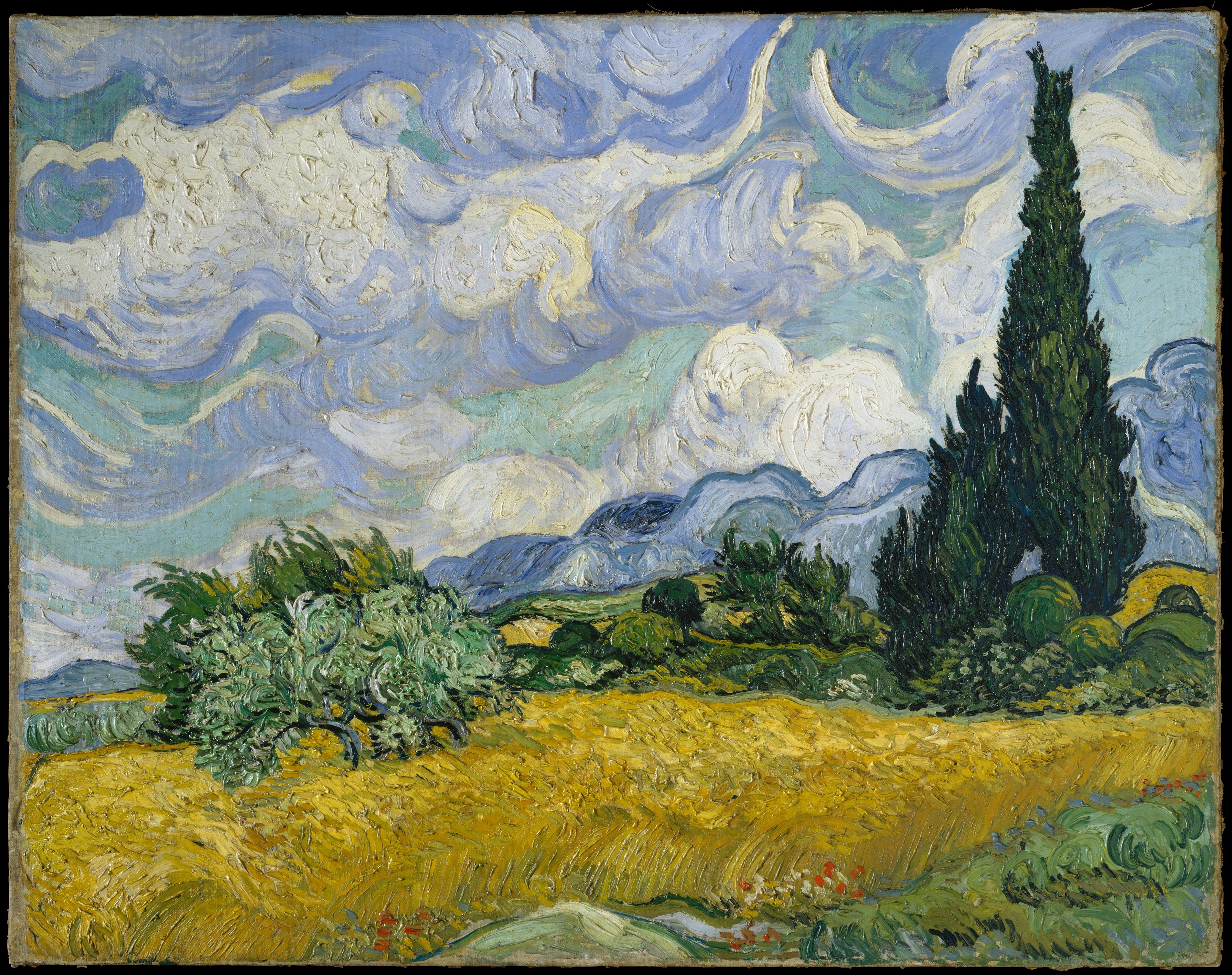
Even though his life ended in tragedy, Van Gogh’s art continues to move people around the world. He showed that beauty isn’t about perfection—it’s about honesty. That’s why his work has inspired entire art movements like Expressionism and Abstract Expressionism. He painted the world not as it looks, but as it feels—and in doing so, he helped redefine what art could be.
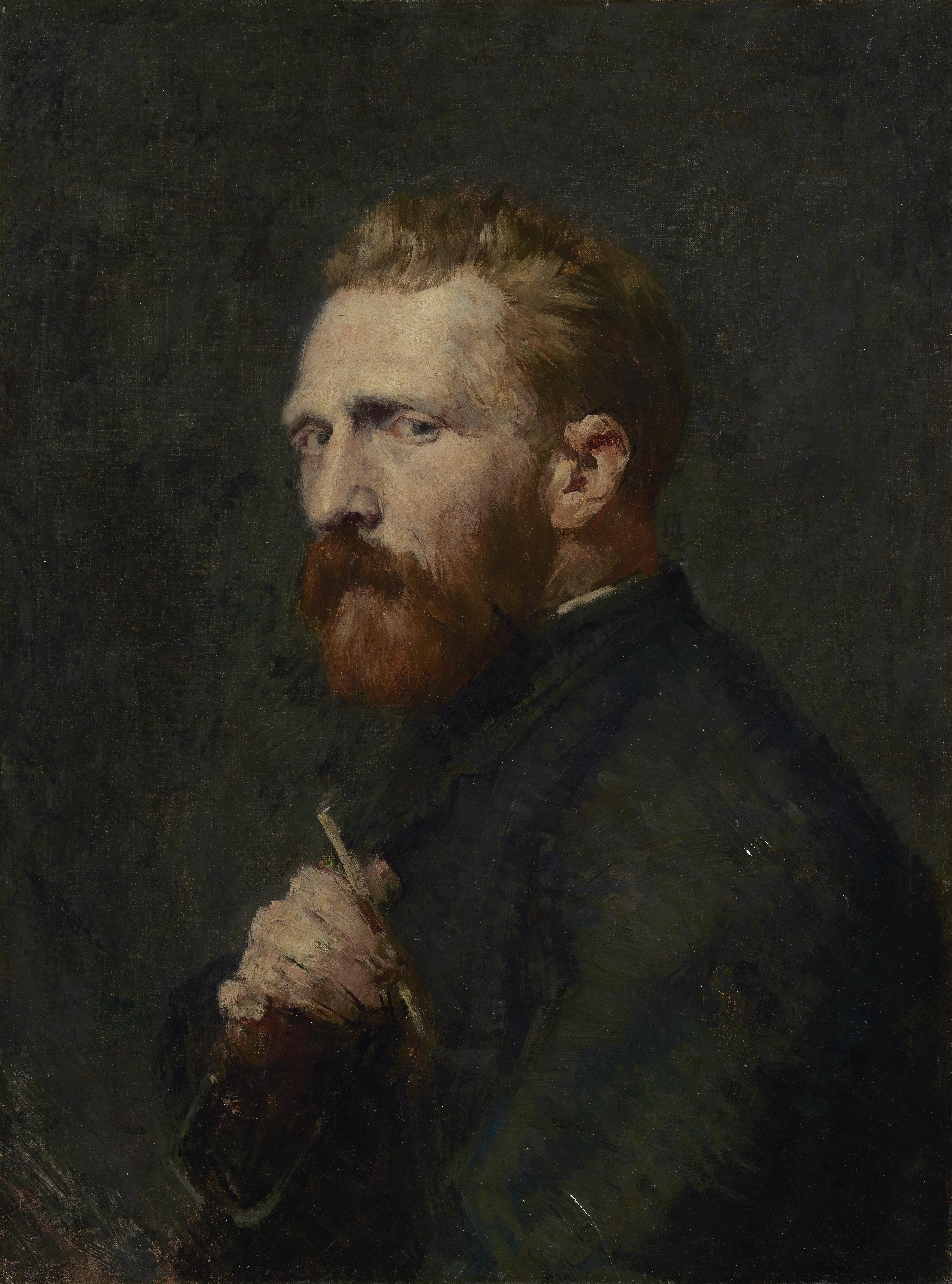
?
How did Van Gogh use color and brushstroke to show emotion?
Why do you think The Starry Night is so famous?
What can we learn from Van Gogh’s life about mental health and creativity?
Why did Van Gogh’s art become popular after his death?
How did Van Gogh influence modern art movements like Expressionism?
What emotions do you feel when you look at his Sunflowers or Wheatfield paintings?
If Van Gogh were alive today, what kinds of stories might he paint?
Dig Deeper
Famous for chopping off a piece of his ear in a fit and delivering it to a woman in a brothel, Vincent van Gogh is remembered for his ailing mental health and the many paintings—over 900— he created during his lifetime.
Discover more

Frida Kahlo
Frida Kahlo taught the world that your story matters, even the painful parts. She turned pain into poetry. Her life and art remind us that vulnerability is strength, that identity is worth celebrating, and that the most powerful art often comes from the rawest places inside us.

Edvard Munch
Munch reminds us that our darkest moments can also be our most generative. He didn’t paint beauty—he painted truth. If you've ever felt anxious, heartbroken, or haunted, Munch has already been there—and left you a visual map to survive it.

Henri Matisse
Matisse showed us that creativity is about more than talent, it’s about courage. He wasn’t afraid to color outside the lines, break the rules, and start over when life demanded it. His art invites us to see the world as a place of bold beauty, deep feeling, and endless possibility.
Further Reading
Stay curious!
